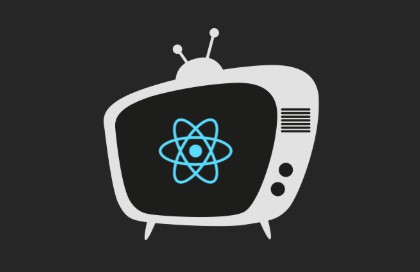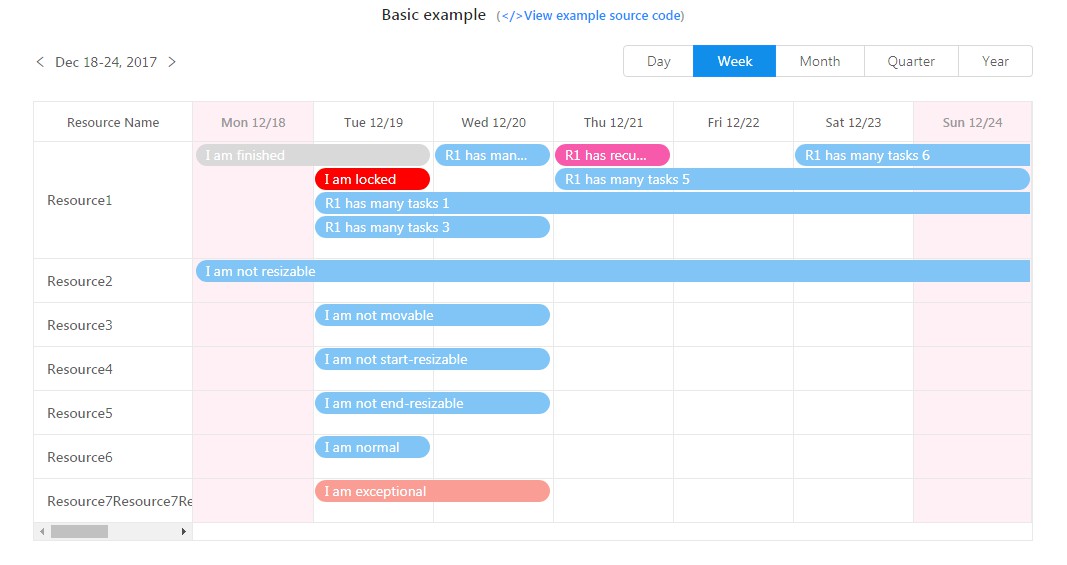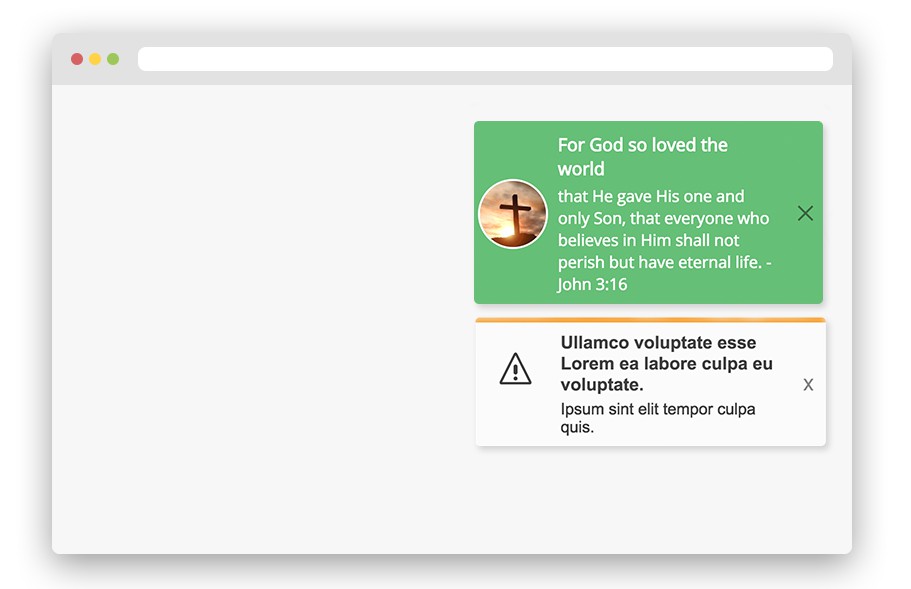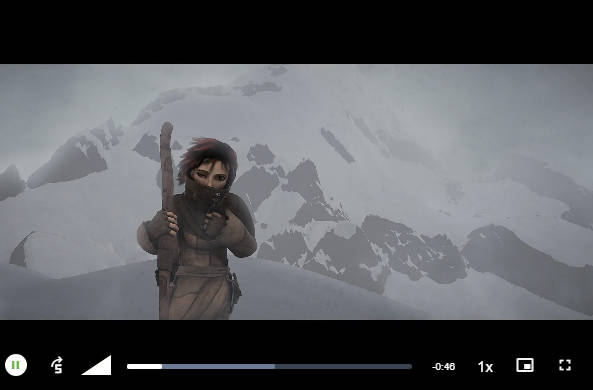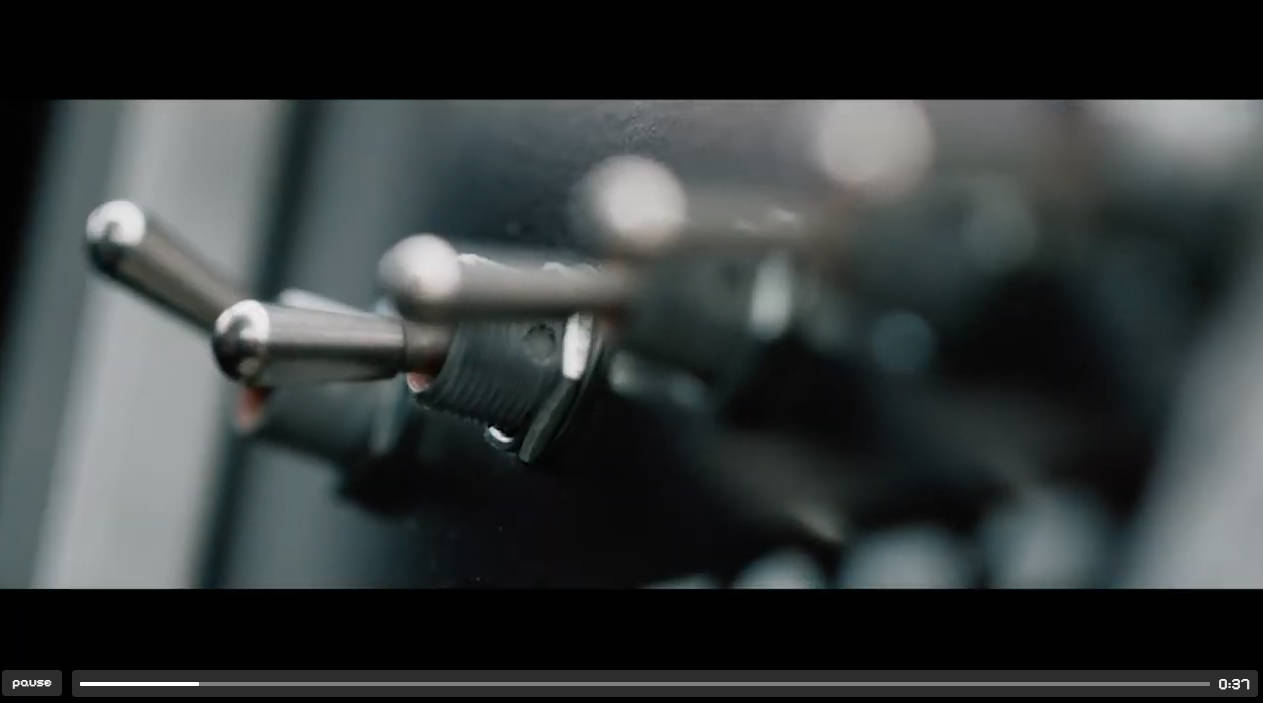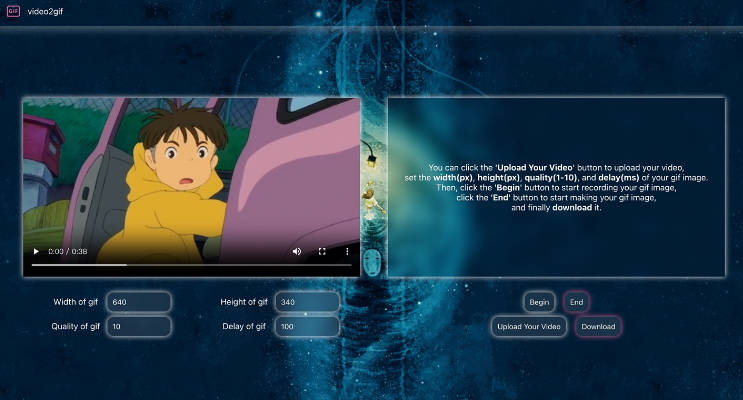React-TV
react-tv: React Renderer for low memory applications.
react-tv-cli: React Packager for TVs.
Currently under development.
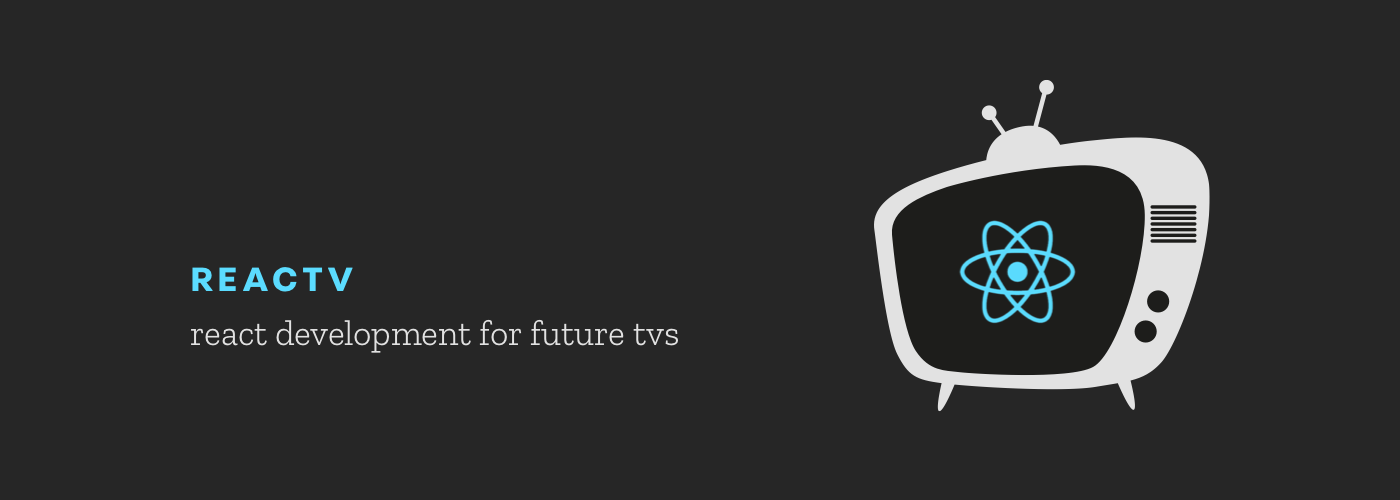
import React from 'react'
import ReactTV, { Platform } from 'react-tv'
class Clock extends React.Component {
state = { date: new Date() }
componentDidMount() {
setInterval(() => this.setState({date: new Date()}), 1000)
}
render() {
if (Platform('webos')) {
return (
<h1>Time is {this.state.date.toLocaleTimeString()}</h1>
)
}
return <h2>This App is available only at LG WebOS</h2>
}
}
ReactTV.render(<Clock/>, document.getElementById('root'))
About React-TV
React-TV is an ecosystem for TV based React applications (from the renderer to CLI for pack/build applications).
At the moment we're focusing on WebOS and SmartTV.
React-TV's aims to be a better tool for building and developing fast for TVs.
Understanding the Problem
tl;dr: Crafting a high-performance TV user interface using React
Crafting a high-performance TV user interface using React is a real challenge, because of some reasons:
- Limited graphics acceleration
- Single core CPUs
- High Memory Usage for a common TV App
These restrictions make super responsive 60fps experiences especially tricky. The strategy is step in the renderer: Applying reactive concepts to unblock the processing on the renderer layer, plug the TV's keyListener, avoid React.createElement.
In addition: Unify the build for multiple TV platforms.
Articles
Friendly list of tutorials and articles:
react-tv-cli
To install react-tv-cli (CLI Packager):
$ yarn global add react-tv-cli
Support for React-TV-CLI
| Target Platform | Status | Available Version |
|---|---|---|
LG WebOS |
stable | 0.3.1 |
Samsung Tizen |
ongoing | x |
Samsung Orsay |
not started yet | x |
Sony PS4 |
not started yet | x |
Nintendo Switch |
not started yet | x |
Developing for WebOS

Short Description: WebOS, also known as Open WebOS or LG WebOS, (previously known as HP WebOS and Palm WebOS, stylized as webOS) is a Linux kernel-based multitasking operating system for smart devices such as Smart TVs and it has been used as a mobile operating system.
First of all, setup your WebOS Environment:
Setup WebOS Enviroment
Then, init your react-tv project.
$ react-tv init <my-app-name>
Add the files related to your app on the React-TV entry on package.json:
{
"name": "my-app-name",
"react-tv": {
"files": [
"index.html",
"bundle.js",
"style.css"
]
}
}
Running it on specific device:
$ react-tv run-webos <device>
- When you not specify the device, it runs on VirtualBox WebOS Simulator
react-tv
To install react-tv (React Renderer):
$ yarn add react-tv
Platform
When building a cross-platform TV app, you'll want to re-use as much code as possible. You'll probably have different scenarios where different code might be necessary.
For instance, you may want to implement separated visual components for LG-WebOS and Samsung-Tizen.
React-TV provides the Platform module to easily organize your code and separate it by platform:
import { Platform } from 'react-tv'
console.log(Platform('webos')) // true
console.log(Platform('tizen')) // false
console.log(Platform('orsay')) // false
renderOnAppLoaded
Takes a component and returns a higher-order component version of that component, which renders only after application was launched, allows to not write diffent logics for many devices.
import { renderOnAppLoaded } from 'react-tv'
const Component = () => (<div></div>)
const App = renderOnAppLoaded(Component)
findDOMNode
Similar to react-dom findDOMNode
Navigation
If you want to start with Navigation for TVs. React-TV provides a package for spatial navigation with declarative support based on Netflix navigation system.
React-TV Navigation exports withFocusable and withNavigation which act as helpers for Navigation.
import React from 'react'
import ReactTV from 'react-tv'
import { withFocusable, withNavigation } from 'react-tv-navigation'
const Item = ({focused, setFocus, focusPath}) => {
focused = (focused) ? 'focused' : 'unfocused'
return (
<div onClick={() => { setFocus() }} >
It's {focused} Item
</div>
)
}
const Button = ({setFocus}) => {
return (
<div onClick={() => { setFocus('item-1') }}>
Back To First Item!
</div>
)
}
const FocusableItem = withFocusable(Item)
const FocusableButton = withFocusable(Button)
function App({currentFocusPath}) {
return (
<div>
<h1>Current FocusPath: '{currentFocusPath}'</h1>,
<FocusableItem focusPath='item-1'/>
<FocusableItem focusPath='item-2'/>
<FocusableButton
focusPath='button'
onEnterPress={() => console.log('Pressed enter on Button!')}/>
</div>
)
}
const NavigableApp = withNavigation(App)
ReactTV.render(<NavigableApp/>, document.querySelector('#app'))
See examples/navigation for more details about usage.
Examples

Roadmap
Stage 1
Initial proof-of-concept. [DONE]
- [x] CLI Build Abstraction of LG Webos (
run-webos,run-webos-dev) - [x] Create a guide or script to Install all LG WebOS environment
- [x] Renderer ReactElements to simple DOM
- [x] Support HOF and HOC
- [x] Support State and Lifecycle
- [x] Keyboard Navigation
- [x] Check
webosPlatform - [x] Migrate to
React-Reconciler
Stage 2 [IN PROGRESS]
Implement essential functionality needed for daily use by early adopters.
- [ ] Support render to Canvas instead DOM using
React.CanvasComponent - [x]
run-webossupport TV device as param - [ ] Optmizate DOMRenderer for TV
- [ ] Start CLI for Tizen
- [x] Develop helpers for WebOS debbug (e.g: Log System).
- [x] Support Cross Platform
- [x] Check executable bin path for Windows, OSX and Linux
- [ ] Bind all TV key listeners on
React.Element - [ ] Improve documentation
- [ ] Benchmark it
Stage 3
Add additional features users expect from a Renderer. Then fix bugs and stabilize through continuous daily use. At this point we can start to experiment with innovative ideas and paradigms.
- [ ] Start CLI for Orsay
- [ ] Update Benchmarks
- [ ] Handle common errors
- [ ] Reactive Renderer
- [ ] Testing and stability
